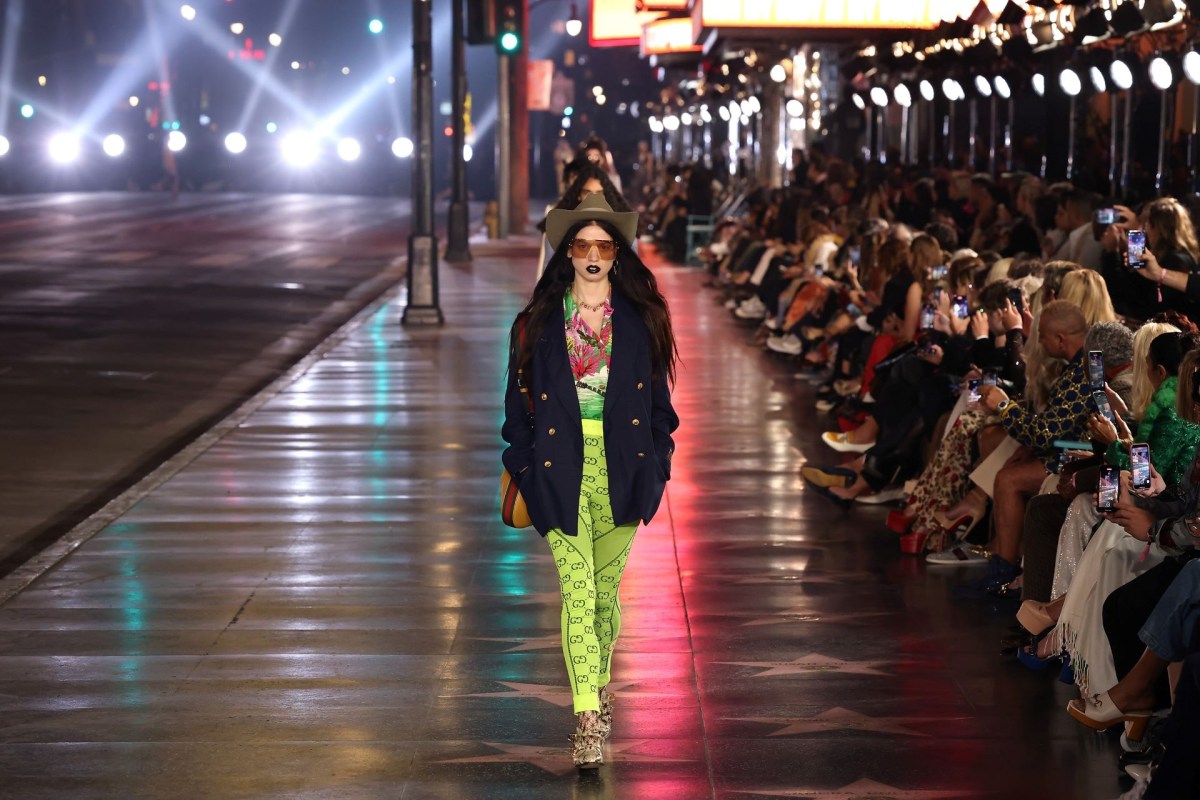Gucci's new Circular Hub aims to reshape the company's production model to prioritize sustainability. The Hub's sustainable production model aligns with the European Union's proposals to reduce emissions by 2030.
How does Gucci's Circular Hub work?
The Hub, announced in February and based in Tuscany, Italy, will have four focus areas: research and development, logistics, industrial partnerships, and value sharing. As research begins in the coming months, the Hub will partner with the Kering Material Innovation Lab (MIL) and the Scuola Superiore Sant'Anna di Pisa, a research university located in Pisa, Italy.
The research and development branch of the Hub will study materials and production tactics with the hope of making Gucci's products more long-lasting, repairable, and recyclable. By creating durable goods that can be easily repaired or recycled, Gucci prevents its products from ending up in landfills.
The logistics team will work alongside manufacturers and suppliers to track the traceability of their products. Traceability refers to a brand's ability to identify where its materials came from and how they have been transferred. When a product's traceability is high, that means you can look at where and how its materials were sourced (and whether they were sourced sustainably).
Recovering and recycling materials takes time and equipment. The industrial partnerships team will work with material recovery and recycling companies to develop methods to collect old Gucci products and materials and turn them into something new.
Gucci wants to be more sustainable, and it wants other brands to follow its lead. The value-sharing team will share Gucci's findings and practices with partners and other companies, allowing other brands to follow in Gucci's footsteps.
Why is Gucci's Circular Hub important?
Historically, the fashion industry hasn't been known for its sustainability; in fact, the industry was assessed by the World Bank in 2019 to be responsible for 10% of global carbon pollution per year. Gucci's Circular Hub is a step toward achieving a more eco-friendly fashion industry.
By making long-lasting products and creating avenues for manufacturers and consumers to reuse old products, Gucci will keep clothing out of landfills and lower its pollution. The Hub's value-sharing team should work to spread Gucci's new practices, making it easier for other companies to embrace sustainability.
Are there similar programs?
The luxury fashion industry has seen a push for sustainability in recent years. Like Gucci, many companies are working to make their products more durable, recyclable, and sustainably sourced. Dior, Fendi, and Louis Vuitton all allow designers to purchase leftover fabric at reduced prices.
Recycled and sustainable fabrics are on the rise, as well. Prada is using Econyl, a fabric made with recycled materials. In March 2021, Stella McCartney launched its first collection of goods made from Mylo, a leather substitute grown from the roots of mushrooms. As consumers call for sustainable products, brands will continue to innovate new ways to make our wardrobes more eco-friendly.
Join our free newsletter for cool news and actionable info that makes it easy to help yourself while helping the planet.









